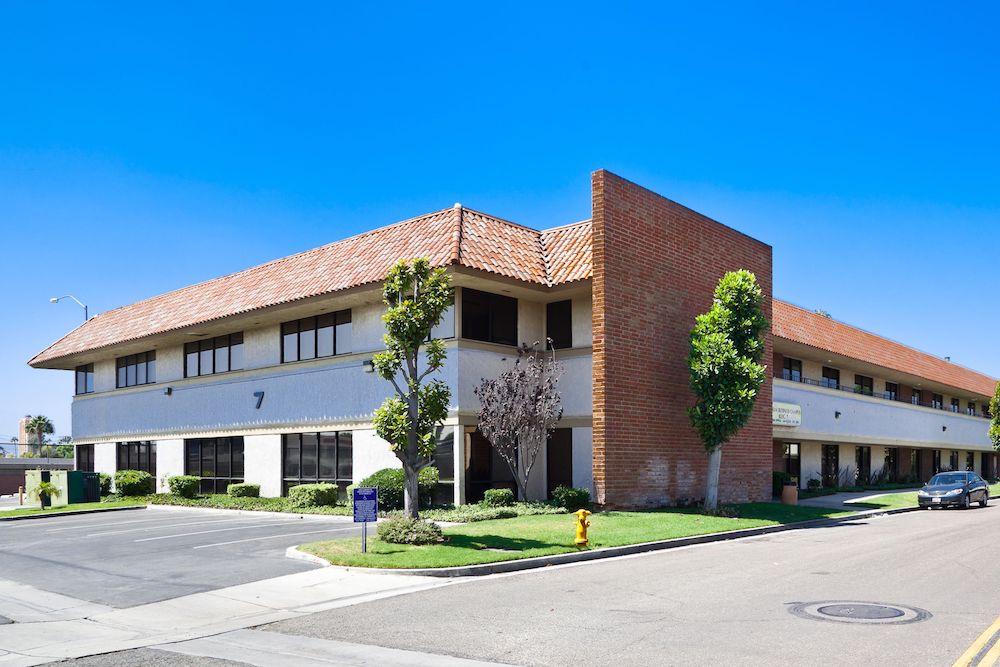Old sayings get old because they are either funny, clever, wise or simply resonate with truth. One of our favorites: Be Careful What You Ask For has found a fit as it relates to SBA mortgage rates, at least for the last 5 weeks.
After rising sharply from 3.21% to 5.18% from January to June, the SBA 504 debenture rate has fallen by 21 basis points since then to 4.97%. If that bit of good-sounding news seems counterintuitive to you, then join the club. However, that good news was actually the direct result of more bad news. So, if you weren’t confused about the direction of the Southern California industrial market before, you probably are now. What follows is our take on the topic, but the truth is that no one knows for sure what the heck will happen next when it comes to owner/user financing.
The good news about owner/user loans is that the banks love ‘em because when they lend as part of an SBA package, they rarely lend more than 50% of the purchase price. That means the bulk of the risk is in the SBA 504 2nd Trust Deed loan (one in a pool of loans secured by a bond) with an original balance of up to 40% of the purchase price. The buyer puts up the rest in cash. In most cases, everyone ends up happy. To be sure, borrowers have been happy to have access to such cheap money, and they have been willing to bid up prices on industrial buildings to record levels over the past 11 years to take advantage of it.

As we expected, owner/user activity has slowed down as a result of the rate increases, which buyers have to be willing to pair with sky-high prices to make a deal happen. Anecdotally, we can tell you that owner/user demand has fallen sharply, and we believe the evidence of that will show up in the numbers in the final two quarters of 2022. For the moment, prices are holding, but transaction velocity is slowing.
So, why have rates come down all of a sudden and what does it mean to the owner/user market? The answer to the first part of the question is manifested in one number: the yield on the 10-Year US Treasury bond. SBA bonds yields move up and down with the 10-Year, though they are not tethered mathematically basis point for basis point. The 10-Year is a benchmark for all types of investments. It is considered a riskless yield that investors add a risk premium to as a way of evaluating potential investments in a variety of asset classes. It is also the primary benchmark mortgage lenders of all stripes use to set their rates.

In August of 2021, the yield on the 10-Year began rising steadily from 1.2% to a multi-year peak of 3.48% on June 14th of this year. But, increasing fear over sagging economic growth and a potential recession shocked the equities markets (the bad news we spoke of earlier) and sent investors into the safety of US Treasuries. That rise in demand for those bonds increased prices, lowering their yields in the process. In just a few weeks, the 10-Year yield fell 91 basis points back to 2.57% and has recently settled around the 2.8% level.
The good news is that mortgage interest rates came down with the fall in Treasury yields, creating a welcome window of opportunity for owner/user buyers. At the moment, a qualified buyer can acquire an industrial building with a loan of up to 90% of the purchase price for just under the 5% rate threshold. And every basis point counts. A $2 million loan at 5% saves the borrower $88,000 in interest over the life of the loan compared to the same loan at a rate of 5.25%.

We don’t know how long this current trend will continue, and we are not sure if we want it to if pessimism over the health of the economy is the cause. US GDP has shrunk for the past two quarters, which means we are already in recession based on the generally accepted definition. Other indicators like strong employment say otherwise and the debate goes on in Washington DC along party lines. Politics aside, things don’t look particularly good as we see it. Big companies are issuing warnings of lower earnings, layoffs are becoming more common and inflation is still running near a 4-decade high. The rest of the world is not faring much better and some of the most high-profile economists admit that we are heading for more severe economic challenges at the global level.
So, we are careful about we ask for, at least for now. We will keep you updated as best we can. In the meantime, we recommend that you look carefully at your own unique situation to help you determine if this is a time to take action regarding your real estate portfolio.


Leave a Reply
You must be logged in to post a comment.